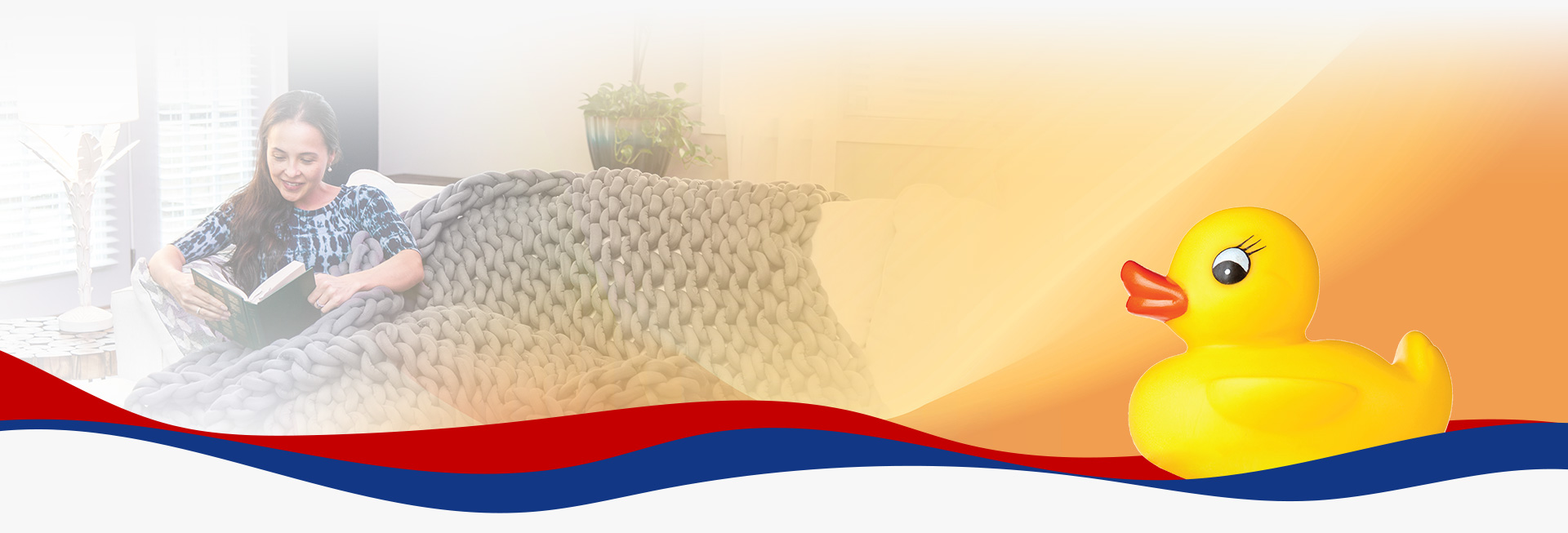As you well know, Slaton, Texas, is not immune to drought conditions. Water is a precious resource, and it’s no secret that many American households waste it. You can do your part to conserve water by applying a few of the following strategies in your home.
Bathroom Conservation
The easiest water-saving option might be to have a professional install eco-friendly fixtures and toilets. Or, instead of sending up to 7 gallons of water down the drain with every flush of the toilet, try the bucket flush. Fill a 1-gallon bucket or pitcher with water, and pour it into the bowl. Most of the time, that’s enough pressure to send toilet contents down.
Or you can cut a 2-bottle, fill it with water, and place it in your toilet’s tank. This reduces the amount of water per flush.
Use that bucket to catch bath or shower water while it warms. If your water warms slowly, you might need a bigger bucket. You don’t necessarily have to bucket flush with it, either. Use it to water plants or animals.
Turning off the tap when you’re brushing your teeth saves several gallons of water every day. Don’t turn the water on until your hands are soaped up for washing. Plug the sink, and use a little water to rinse your razor. If you shut off the shower while you lather your body and shampoo your hair, you’ll conserve even more.
Install a lower-flow shower head, especially if your home is older. Home improvement stores offer several options. Or, you can install a converter to lower the water level on your current shower head.
Kitchen Conservation
When it comes to saving water in the kitchen, only run your dishwasher on full loads. You probably don’t need to rinse the dishes much unless your unit is older. Today’s dishwashers and soaps work well enough that you can stop rinsing.
Avoid using your garbage disposal, as it uses several gallons to flush particles down. Instead, start a compost pile. Your wallet and your garden will love it.
Rinse vegetables and fruit in a tub or bucket of clean water instead of under running water. When you drain pasta, keep that water for your plants rather than sending it down the drain.
Outdoor Conservation
Wash your car at a car wash where the water is recycled. If you want to do it at home, don’t leave the hose running while you’re soaping and scrubbing.
Don’t water your lawn every day. If your house number is odd, water on Monday, Wednesday, and Friday. Even numbers water on Tuesday, Thursday, and Saturday. When you water, give your yard a good soaking instead of watering lightly. Deep soaking gets water to the root systems where it does the most good.
Plant drought-resistant shrubs and trees that don’t need as much water, and group plants based on watering needs. Layer mulch around plants and trees to help reduce evaporation. Shape the mulch so there’s a downward slope heading toward the tree or plant center to reduce runoff.
Use soaking hoses for flower beds or gardens. These hoses water plants slowly, reducing runoff and evaporation. If it’s legal in your area, install rain barrels that collect rain from your roof for watering your plants, garden, and lawn.
Call a Professional
Check all pipe couplings in your bathrooms, kitchen, water heater, and laundry room. Feel pipes and junctions for moisture. Put a few drops of food coloring in each toilet tank; if the bowl water turns colors, too, you have a leak.
Turn off all water in your house, and read the number on your water meter. Don’t use any water for two hours and recheck the meter. If the number increases, you probably have a leak you can’t see.
If you suspect a leak or your water bill has skyrocketed unexpectedly, call a plumber. Not only do leaks waste water but they can also cause mold and mildew growth. Pooling water outdoors is a nesting ground for mosquitoes.
Call the professionals at Sinclair Heating, Cooling, & Plumbing at 844-749-COOL for all your plumbing needs.
